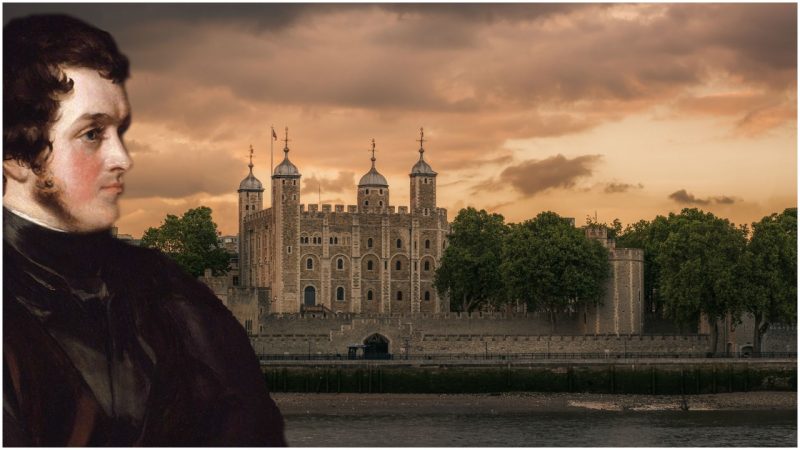On a December night in 1840, a sizable group of writers, editors, publishers, printers, and illustrators gathered at the Sussex Hotel, in the fashionable town of Royal Tunbridge Wells, for a dinner party. Charles Dickens, the young author of Oliver Twist, was among the guests.
The host of this lavish affair was a 35-year-old novelist named William Harrison Ainsworth. The occasion: the successful serialization over the last year of his fifth novel, The Tower of London: A Historical Romance, which told the story of the tragic Lady Jane Grey, beginning with her arrival by barge at the Tower to launch her nine-day-reign and ending with her decapitation on Tower Green on July 10, 1553.
The novelist was sure to have cut quite the dash at his own party: He was tall, slim, and dark, with a fondness for stylish clothes that earned him the description dandy. From the Oxford Dictionary of National Biography: “Lady Blessington, whose salon he attended, said [Ainsworth] and Count D’Orsay were the two handsomest men in London.”
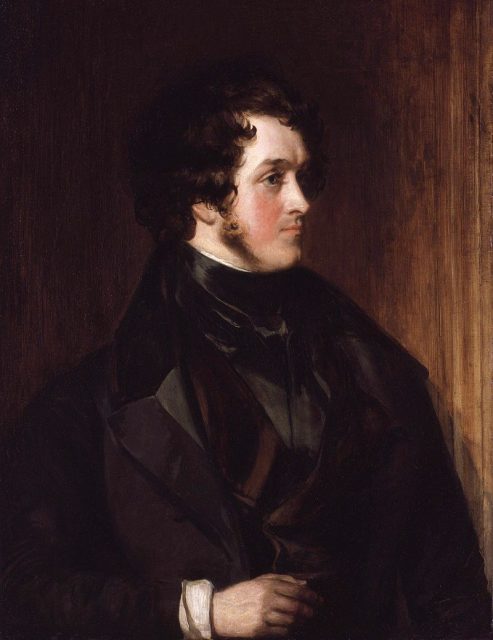
The rivalry with Dickens would not last; nor would the friendship. Dickens would become a colossus of English literature as Ainsworth sank into oblivion. His 39 historical novels, all of them romances and adventures, were astoundingly popular with the reading public of Victorian England, but not with the critics. Although Ainsworth was himself a genial and generous man, he was often on the receiving end of literary volleys almost hysterical in their dislike. When his books no longer sold as well, he had no circle of supporters to buoy him. One writer said of him in 1870: “Let us start with an opinion fearlessly expressed as it is earnestly felt, that the existence of this writer is an event to be deplored.” Ainsworth was still alive when this sentiment was published.
That dazzling night at Royal Tunbridge Wells, Ainsworth, mercifully, could not know that his books would go out of print, that he would become a laughingstock and fellow writers such as Edgar Allan Poe would describe his prose as “turgid pretension.”
Yet he is not without an important legacy. The book celebrated that night, The Tower of London: A Historical Romance, triggered a tremendous interest in the Tower, William the Conqueror’s castle keep. It was an interest that only deepened through the Victorian age, and is part of the reason visitors pour into the Tower, to the tune of at least 2 million a year.
Ainsworth was born on February 4, 1805, in Manchester, as the city became the center of the industrial movement. Thomas Ainsworth was a prominent lawyer and pressured his oldest son to follow him in that profession, which he did for a time, but without much enthusiasm. There was a younger son, Thomas Gilbert Ainsworth, who at university suffered a “brain fever” and was incapacitated by mental illness his entire life.
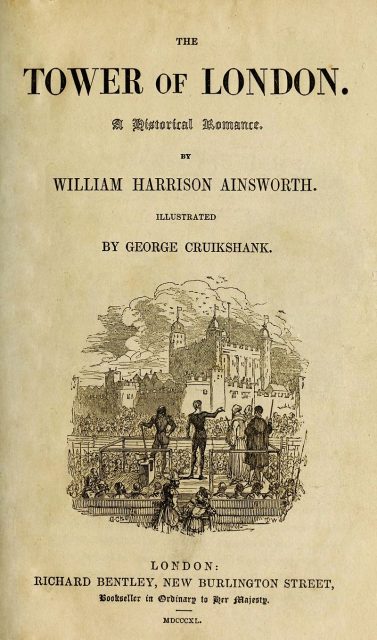
Two years after their father died, Ainsworth, newly married, published his first novel, the romance Sir John Chiverton. It brought him to the attention of Walter Scott, who befriended Ainsworth but privately referred to him as an “imitator.” His next two books, the historical novels Rockwood and Jack Schepard, both featuring famous outlaws, were tremendous successes. Yet some criticized the romanticizing of criminals, a complaint Dickens was also hearing with Oliver Twist.
It was time to try something different.
When Ainsworth, along with his illustrator, George Cruikshank, researched the Tower of London, it was far from the smoothly operating tourism operation of today. It had been two centuries since the last monarch, Charles II, resided there. Dickens wrote: “Once a fortress, a royal residence, a court of justice and a prison, {the Tower} is now a government storehouse and armory.” An outbreak of disease caused by poor water supply (and blamed on the filthy moat) killed three men of the garrison.
As hard as it may be to believe today, this is what a visitor in 1851 wrote after visiting the Tower of London: “Every one must be struck with the incivility and want of accommodation. Upon entering the gates this afternoon I found some hundreds of persons, male and female, huddled together, striving to obtain tickets from a window under a portico where no two persons can pass abreast. After waiting just one hour we obtained our tickets and were ordered into what is called the ante or refreshment room. This room is about 12 feet by 18 feet, with a counter containing ginger pop, buns, &c., immediately behind which are two waterclosets. I will not attempt to describe the stench one had to contend with, but merely add that this room seems to be the resort of pickpockets, two ladies having been eased of their purses during the half hour I was present therein.”
Ainsworth opened the door to a much more illustrious period in the Tower’s history. It’s true that the novel’s prose is melodramatic (“heaving bosoms,” “piercing black eyes,” and “sinister smiles”) and the pages are crowded with Gothic characters (not one or two but three supporting characters who are giants–and a dwarf!).
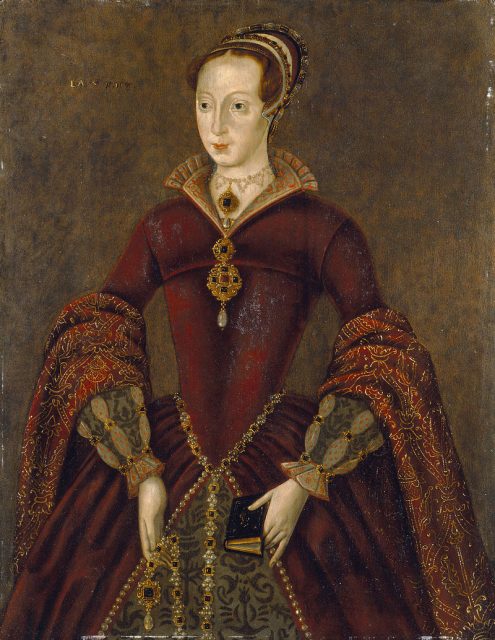
But Ainsworth’s diligent research brings to life the grounds, the kitchens, the passageways, the prison cells, and the beautiful chapels of the Tower. And Cruikshank’s 40 engravings and 58 woodcuts play their important part.
The current official Historical Royal Palaces Tower of London “fact sheet” on torture emphasizes how little actual torture has taken place within its walls: “Myth-making reached its peak in the 19th century, spurred on by novelists who wished to evoke the Tower of London in its former days as an ancient fortress and stronghold e.g. Ainsworth’s The Tower of London.”
Ainsworth may have put the devices of torture to Gothic uses, but they were very much present in the 16th century. Ironically, government-approved torture of prisoners ebbed during the reigns of Edward VI, Jane Grey, and Mary, only to rise to highest levels during reign of Elizabeth.
In his novel, the vulnerable Lady Jane Grey is surrounded by conspiracies. Ainsworth invests the Spanish ambassador, Simon Renard, with the malevolent abilities of a Blofeld straight from Bond. There is an energy to the book, and an eerie, even frightening atmosphere. The rack, the Scavenger’s Daughter, and the infamous Little Ease are all present and accounted for.
After The Tower of London, Ainsworth’s career went on for more than 30 years. The characters in his books were not dimensional; bosoms continued to heave and black eyes to snap. R.H. Horne, Dickens’ friend and collaborator, described Ainsworth as “a reviver of old clothes” whose novels are “generally dull except when revolting.” Punch satirized Ainsworth as an aging Tudoresque dandy with the caption “The Greatest Axe-and-Neck Romancer of Our Time.”
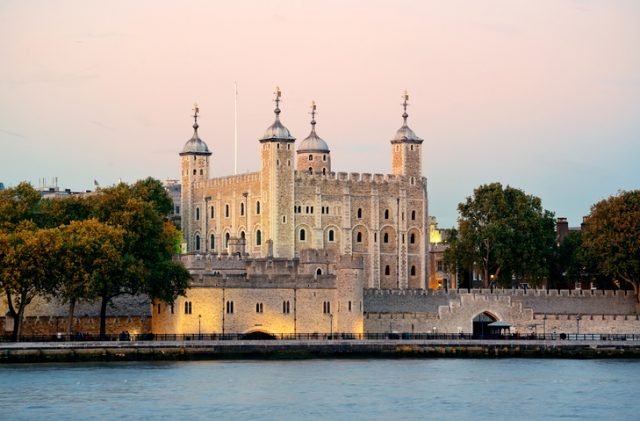
By the time of the Punch putdown, Ainsworth, a widower, was responsible for his mentally ill brother. He had accepted a government pension because he was nearly destitute. A year after a dinner in his honor in Manchester, arguably the only place where he was still esteemed, William Harrison Ainsworth died at the age of 77.
But the Tower enjoyed the lingering impact of Ainsworth. In the foreword of his book, he had called for the opening to the public of Beauchamp Tower, the place of imprisonment of the Lady Jane Grey, where she is thought to have written on the wall of her cell. The cause was taken up by powerful patrons, including Prince Albert. Beauchamp was restored by architects and made available to visitors; other buildings were opened too.
Ainsworth’s influence, as explained in The Tower of London: The Official Illustrated History:
“In The Tower of London: A Historical Romance, the Tower was first and foremost the setting for an endless series of heart-rending events and foul play. The author tells of dungeons though in fact the Tower has very few basement rooms and of a time when Tower Hill boasted a scaffold and ‘its soil was dyed with the richest and best blood in the land.’ Such fantasies, backed by the relentless march of the romantic movement, helped create and fuel an ever-increasing demand to see and experience such events.”
The menacing image of the Tower that draws the throngs of the curious today was created in part by William Harrison Ainsworth. He was the greatest neck-and-axe romancer of his time…and perhaps of ours too.
Nancy Bilyeau, the U.S. editor of The Vintage News, has written a trilogy of novels set in the court of Henry VIII: ‘The Crown,’ ‘The Chalice,’ and ‘The Tapestry.’ The books are for sale in the U.S., the U.K., and seven other countries. For more information, go to www.nancybilyeau.com.
